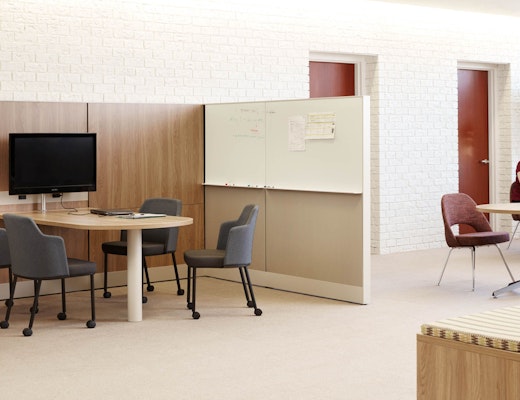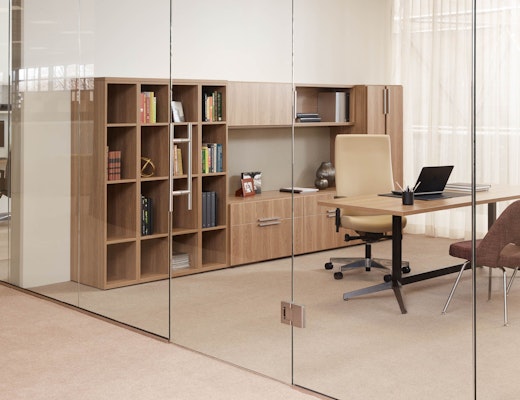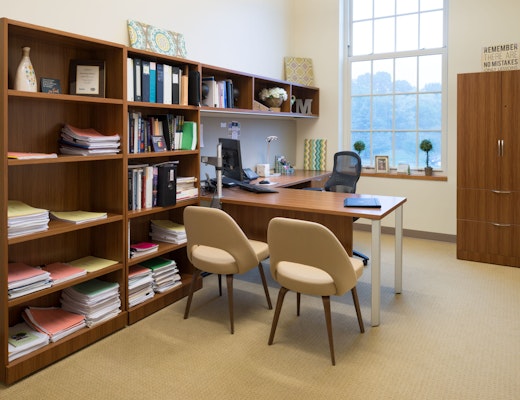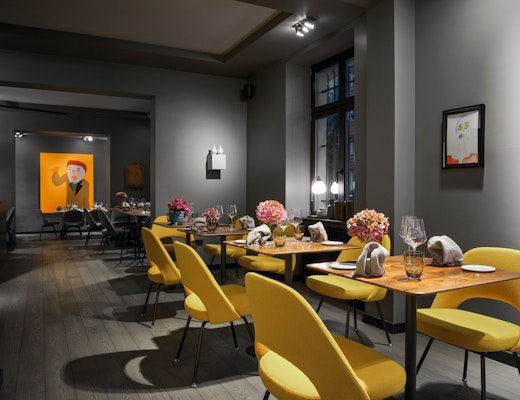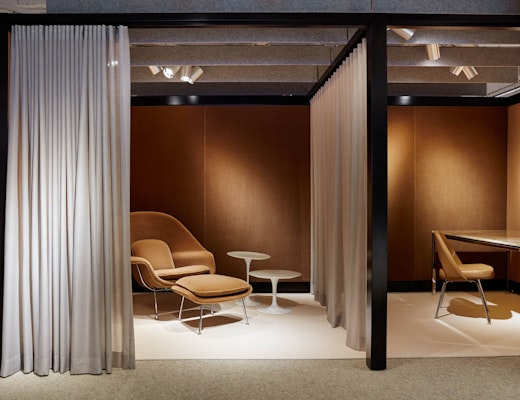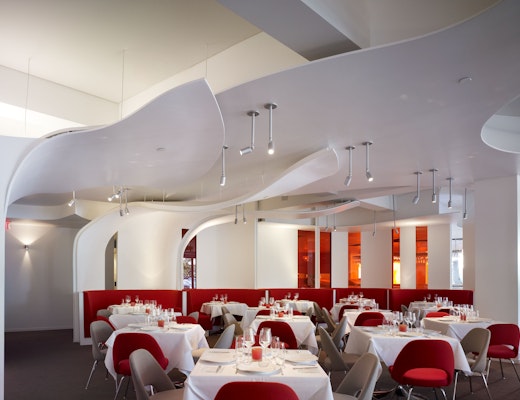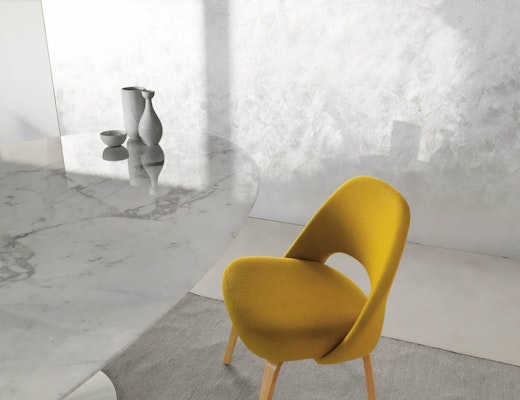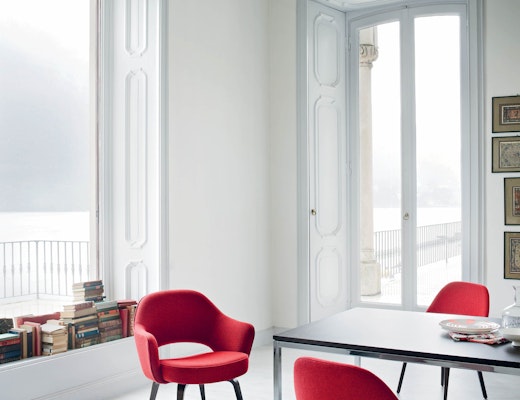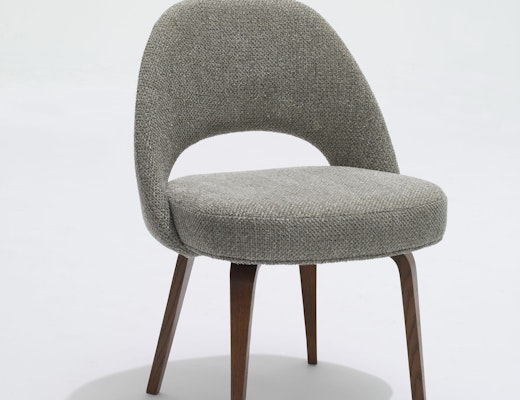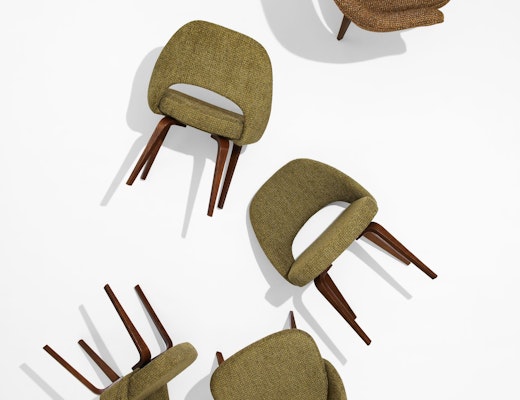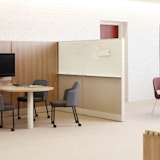After winning the Museum of Modern Art Organic Design Competition with Charles Eames for their experiments with bent plywood in 1941, Eero Saarinen was eager to continue exploring the possibilities of a chair that achieved comfort through the shape of its shell, not the depth of its cushioning. Initially, he began the investigation with designs for smaller fiberglass task chairs, but changed direction when Florence Knoll approached him and asked, “Why not take the bull by the horns and do the big one first? I want a chair that is like a basket full of pillows…something I can curl up in.” While that’s not exactly where Saarinen ended up, the suggestion inspired one of the most iconic, and comfortable, chairs of the modern furniture movement, The Womb Chair.
After completing the Womb Chair, Saarinen returned his focus to task seating, scaling down the concept and form of the womb into arm and armless chairs. Introduced as the 71 and 72 Series, the chairs replaced Florence Knoll’s model 43 chairs as the Planning Unit’s go-to seating solution. The iconic chair, often referred to as “that chair with the hole in the back,” has been a staple of the Knoll portfolio for more than 60 years.























